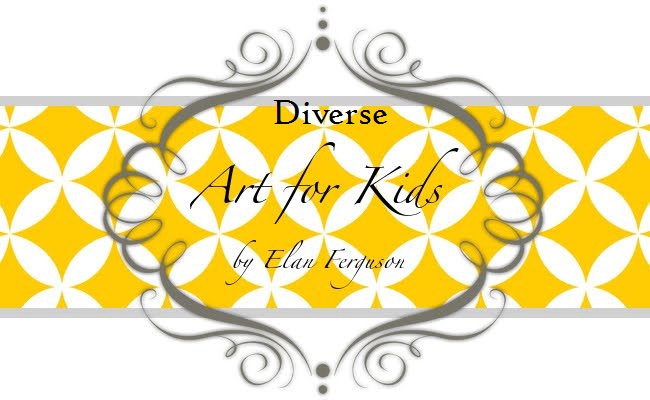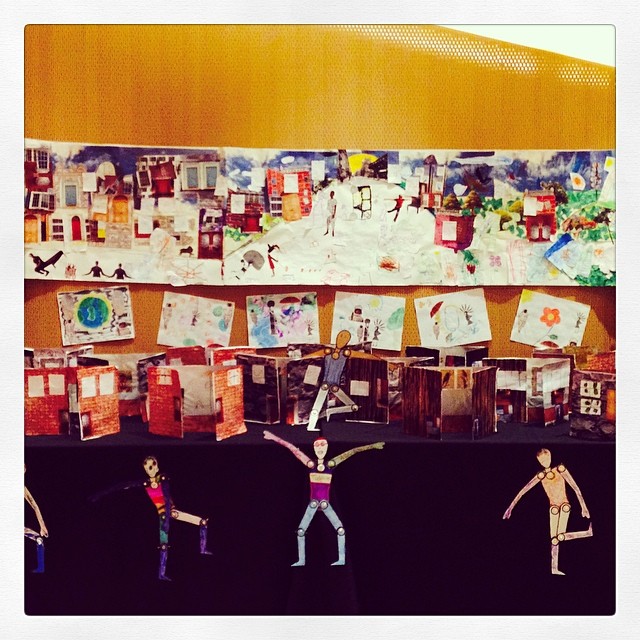

Chris Gilmour
by Guido Bartorelli
The work of Chris Gilmour provokes surprise and amazement beyond what could appear to be a mere process of reproduction. In returning to the value of making and strongly emphasising it, these works reveal a process of understanding that lets us see everyday reality with new awareness and appreciation. This practice avoids a withdrawal into the limbo of craft, and implies an intimate and profound quest towards the reason of things.
Gilmour has imposed a strict logic on his works he makes objects using only cardboard and glue. There is no supporting structure, no wooden or metal frame. His interpretations of everyday objects are created in adherence to the use of a pure and single material, but instead of the marble or bronze of classical statues, he has chosen one of the most humble and commonly found of our industrial times.
Packaging cardboard is, by its very nature, intended to contain but it is then discarded. Gilmour, however, uses it to contain the work’s own identity and to highlight the displacement between the original object and the one made in cardboard. This displacement is marked by difference: his sculptures (and apart from the use of such a poor material, they conform to all the accepted precepts of sculpture) are not mere copies, but rather translations from life. This translation brings with it a process of knowledge- the knowledge of the small things within which the sense of daily existence is hidden.
The artist compares his sculptures to drawing, a way of seeing objects by observing and measuring them. There is a process of deconstruction, followed by the actual construction process. It is in this process of making, in an almost instantaneous and immediate construction, as if Gilmour was using a pencil on a piece of paper, that the subtlety of diversity is embodied.
Gilmour’s work includes stunning virtuoso life-size objects, as well as cruder and more essential reproductions, sometimes left at a stage that calls to mind drafts or models. These are however all based on objects we have all experienced first hand- a typewriter, a car, a bicycle, a wheelchair. These objects are always carefully chosen for their evocative and conceptual power, for the potential for mnemonic narration that they contain. They offer a blank canvas upon which the viewer can project their own memories or experiences, recalling collective perceptions or the gestures and the rituals of daily life. All the objects have an uncanny power to provoke a sensation of attraction and a desire to interact in the viewer. The ordinariness of the actions associated with these objects causes the viewer to unthinkingly act out the gesture associated with it- to type, or to open the car door- and it is this contradiction between the seeming functionality of the objects and the fact that in reality they are “fake”, this peculiar conceptual short circuit, which increases the bewildering effect of the works and lets us into a poetry of pure plastic forms.
Guido Bartorelli
Translation: Simonetta Caporale
 Allowing children to enhance paper gives motor skills practice and encourages more work when the color of the paper is the same as the crayon. Great practice for 2.5 to 4 year olds.
Allowing children to enhance paper gives motor skills practice and encourages more work when the color of the paper is the same as the crayon. Great practice for 2.5 to 4 year olds.























































